Isthmia Prime Hotel
A closer look at this somewhat faded hotel by the Corinth Canal reveals the architectural undertones of a genius.
An overlooked Brutalist gem, the Isthmia Prime Hotel was built in the late 1960s by two friends, composer Iannis Xenakis and urban planner Panos Spiliotakos. Xenakis was a Greek artist and composer with a degree in engineering. Escaping the horrors of the Greek Civil War in 1947, he worked under the architect Le Corbusier in Paris. Xenakis helped design the Unite D’Habitation and Couvent De La Tourette projects, two of the most recognized Brutalist architecture sites worldwide.
It was during that time when Xenakis realized how much music and architecture intersected, especially in shared patterns that could be explored through calculus and geometry. He theorized that the same tones and curves found in Le Corbusier’s plans might find an application in musical compositions. Inspired by Le Corbusier’s structural calculations, he composed Metastaseis in 1955. It was an experiment that applied mathematical principles from Einstein’s space and time theories, the Fibonacci Sequence, and the Golden Section in musical composition. Xenakis’s experimentation culminated in his engineering of the astonishing Philips Pavilion at Brussels Expo 58. The hyperbolic paraboloid shapes within the strange structure were designed to accompany and enhance the performance inside, an audiovisual feast including a kaleidoscope of lights and colors over a soundtrack of experimental music.
You can see some of Xenakis’s genius and classical scholarship infused in the hotel. Borrowing from the long Greco-Roman resort heritage of the area, the Modernist hotel reflects the attitude of a diversorium (a Roman roadside inn). Such imposing buildings would have been a common sight to visitors of the popular thermal springs at nearby Thermae (today’s Loutraki) in ancient times. Several classical villas, baths, and ancillary buildings have been discovered in the locality through the years.
Isthmia Prime’s main entrance colonnade, displaying 12 concrete columns, appears to be inspired by the Doric order of the Temple of Apollo. The colonnade supports a three-story residential block, whose obliquely arranged rooms maximize the astonishing views of the Corinthian Gulf beyond.
The triangular concrete antefixes on the flat roof are a reference to the floral anthemia of Classical architecture. These were the decorative palmettes that are frequently seen on the eaves of ancient Greek and Roman buildings. The triangular shapes are both ornamental and functional in their modern usage on site. They maximize the amount of sunlight through the windows.
Isthmia Prime is an elegant, albeit somewhat overlooked example of these classical and artistic traditions, connecting to the cultural heritage of the location by virtue of the subtle brilliance of its creator. Throughout the 1970s, the sparkling Modernist hotel welcomed a host of local and international celebrities. These included members of the Greek and Spanish royal families, composers such as Mikis Theodorakis, and a galaxy of actors, singers, and politicians. Today, Isthmia Prime remains an unusual architectural gem that yearns to be seen and demands to be appreciated.
Know Before You Go
It's also known as Prime Isthmus. Driving from Athens, you should take the exit toward Loutraki and you will see the hotel after crossing the bridge over the magnificent Corinth Canal.











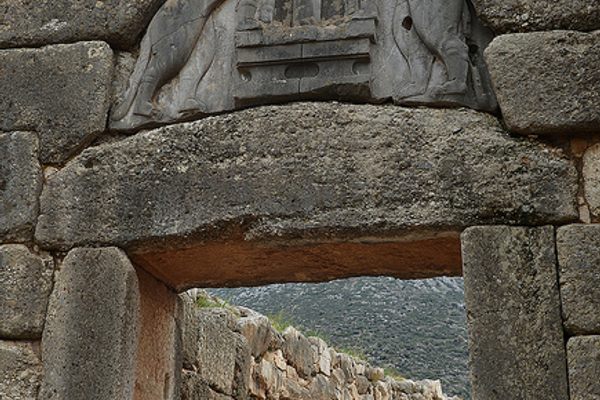
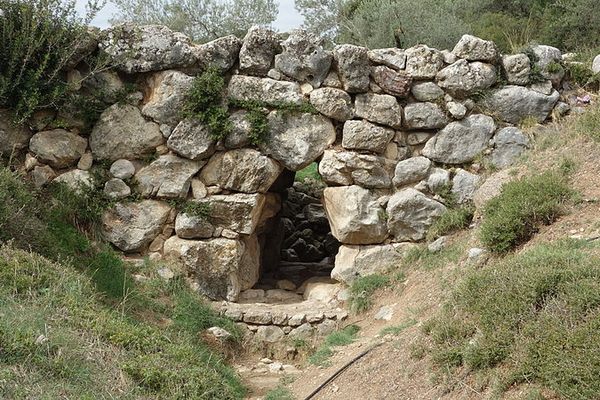

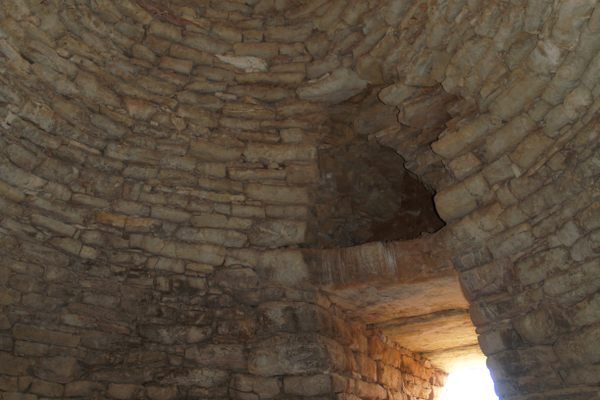

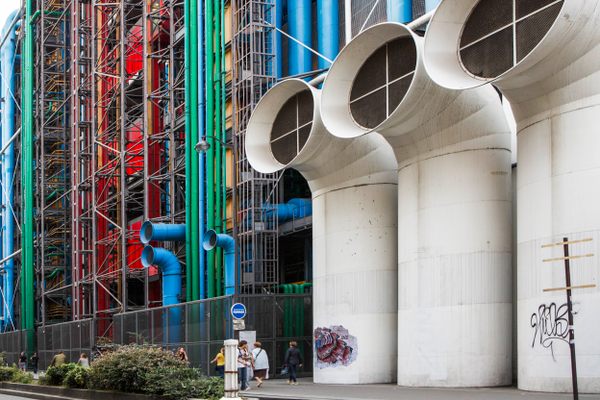
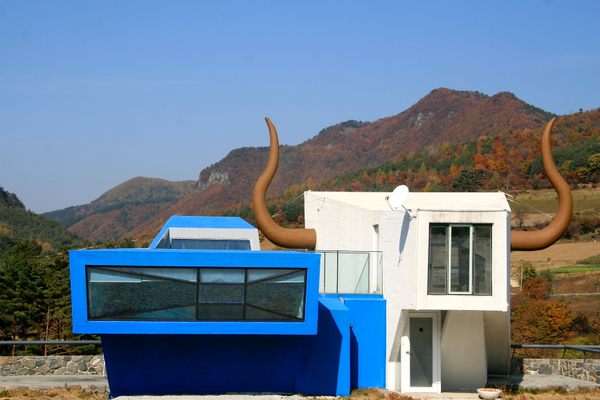
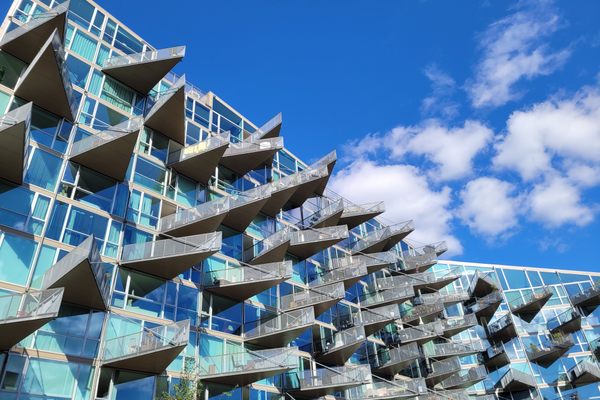

Follow us on Twitter to get the latest on the world's hidden wonders.
Like us on Facebook to get the latest on the world's hidden wonders.
Follow us on Twitter Like us on Facebook